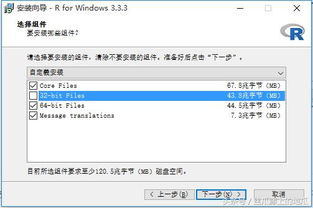Go 是一种编程语言,它是由 Google 设计的,旨在提高开发效率和软件性能。Go 的英文全称是 Go programming language 或者 Golang。它是一种静态类型的、编译型的语言,支持并发编程,并且有着简洁的语法和高效的运行时性能。Go 语言常用于网络编程、云服务、数据处理等领域。
Introduction to Go Programming Language

The Go programming language, also known as Golang, has gained significant popularity in recent years due to its simplicity, efficiency, and robustness. Developed by Google, Go is an open-source programming language that emphasizes concurrency, simplicity, and performance. In this article, we will explore the basics of Go, its features, and why it is a preferred choice for many developers.
History and Design Philosophy

Go was announced by Google in 2009 and was officially released in November 2009. The language was designed by Robert Griesemer, Rob Pike, and Ken Thompson. The design philosophy behind Go is to make programming simple, efficient, and enjoyable. It aims to provide a language that is easy to learn, read, and write, while also being efficient in terms of performance and memory usage.
Key Features of Go

Go has several key features that make it stand out from other programming languages:
Concurrent Programming
One of the most significant features of Go is its built-in support for concurrency. Go provides a lightweight and efficient way to handle concurrent tasks using goroutines, which are lightweight threads managed by the Go runtime. This makes it easy to write concurrent programs that can take advantage of multi-core processors.
Garbage Collection
Go has a built-in garbage collector that automatically manages memory. This simplifies memory management for developers, as they don't have to manually allocate and deallocate memory. The garbage collector is efficient and minimizes the overhead of memory management.
Static Typing
Go is a statically typed language, which means that variable types are checked at compile-time. This helps catch errors early in the development process and can lead to more robust code. However, Go also allows for type inference, which can make the code more concise and readable.
Standard Library
Go comes with a comprehensive standard library that provides a wide range of functionalities, including networking, file I/O, and concurrency primitives. This makes it easy to write complex applications without having to rely on external libraries.
Compile-Time Efficiency
Go is known for its fast compilation times. The Go compiler is highly optimized and can produce executable files quickly, which is beneficial for development and testing cycles.
Interoperability with C
Go can interface with C code, which allows developers to leverage existing C libraries and write performance-critical code in C while still using Go for the rest of the application.
Getting Started with Go
To get started with Go, you need to install the Go compiler and set up your development environment. The Go compiler is available for multiple platforms, including Windows, macOS, and Linux. Once you have Go installed, you can create a new project by running the following command in your terminal:
go run hello.go
This command will compile and run the `hello.go` file, which should output \









